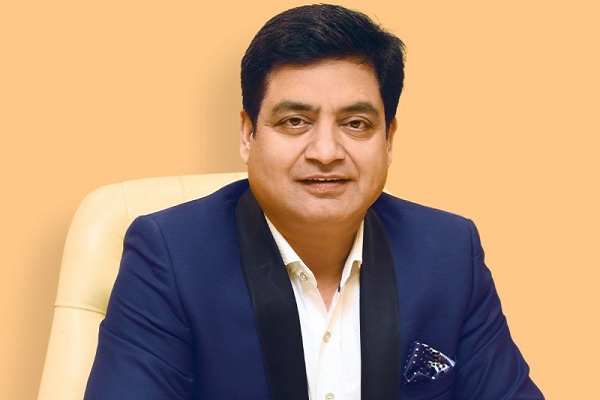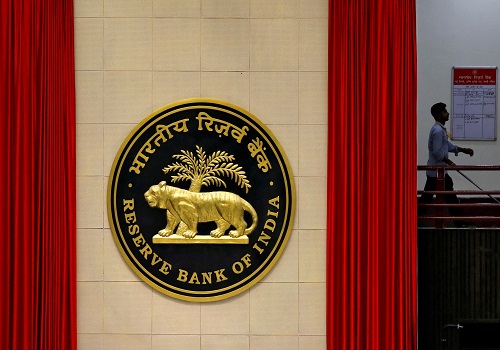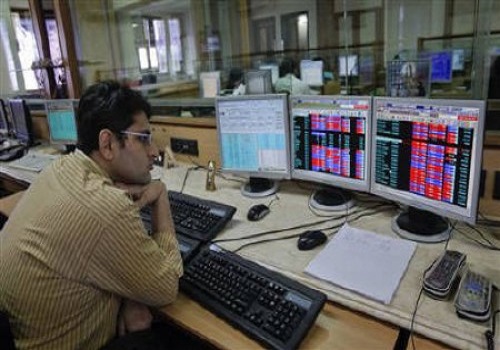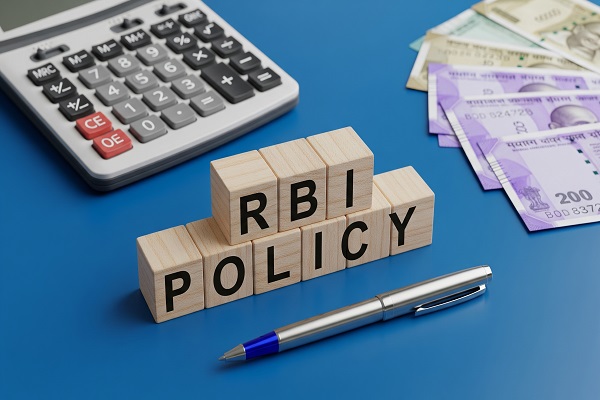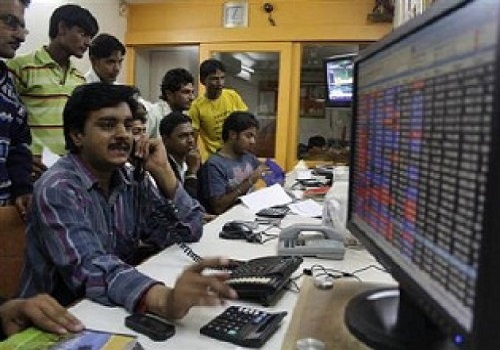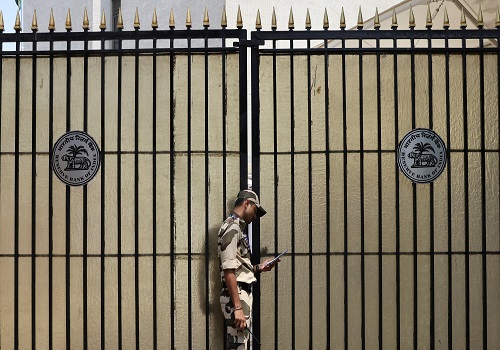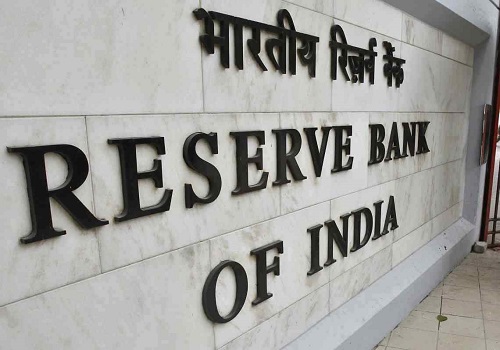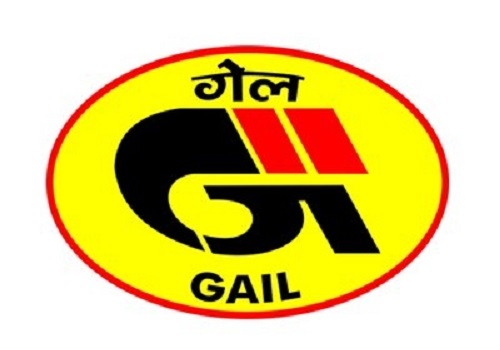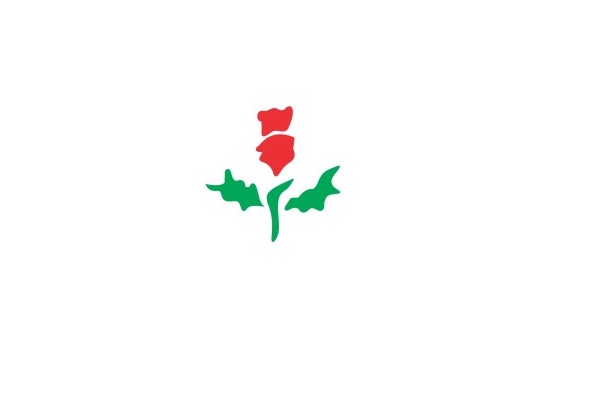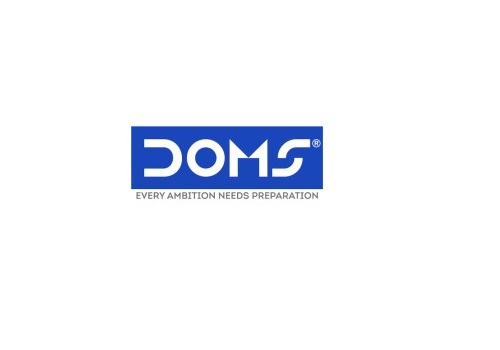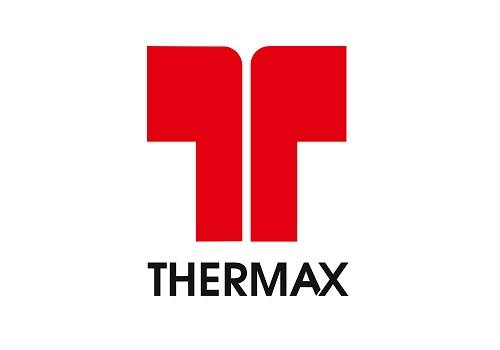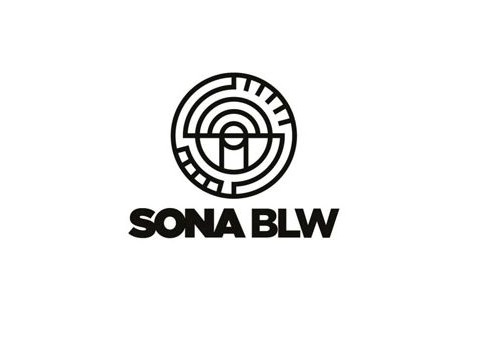Neutral SBI Cards Ltd For Target Rs.850 By Motilal Oswal Financial Services
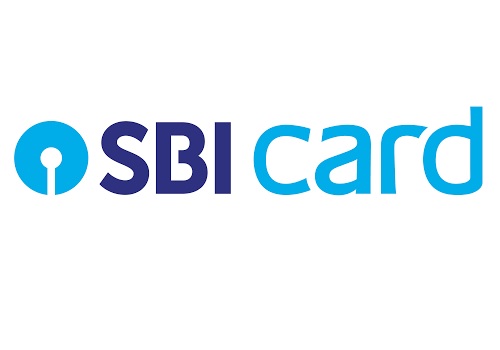
Pain nearing end but not over yet
Estimate earnings growth to accelerate in FY26
* SBI Cards (SBICARD) is the second-largest player in the card industry (in terms of CIF) with an 18.5% market share in cards-in-force (CIF) and 15.9% share in total industry spends.
* The company’s market share in spends has moderated over the past few years, mainly because of the moderation in corporate spends. Meanwhile, growth in retail spends has remained healthy.
* SBICARD has been reporting high stress in asset quality, which has significantly affected its earnings growth. We estimate an 8% CAGR in earnings over FY23-25 vs. a 50% earnings CAGR over FY21-23.
* We anticipate credit cost to stay elevated in the near term, due to higher stress in unsecured segments. However, the moderation in funding cost and a gradual improvement in asset quality should boost earnings growth to a 34% CAGR over FY26-27E.
* The stock has seen significant de-rating over the years and now trades at 4.3x FY26E BV and 21x FY26E EPS, which is in line with few other high-RoE highvaluation NBFCs.
* We maintain our Neutral rating on the stock with a revised TP of INR850 (23x FY26E EPS).
Spends to clock 16% CAGR over FY24-27E; retail spends steady
SBICARD reported healthy spend growth of 25.6% YoY in FY24, led by 27% YoY growth in retail spends. Corporate spend growth has moderated sharply in the recent quarters, down 66% YoY in 1QFY25 and 35% YoY in 4QFY24.
* The share of corporate spends in total spends has declined to 7% now from avg. 21% over FY23-24. As a result, the company’s overall market share in spends has declined 190bp YoY to 15.9%.
* We estimate a 16% CAGR in total spends over FY24-27, led by continued traction in retail spends. Corporate spends are expected to recover in 2HFY25, with a recovery in Travel and Entertainment spends.
* SBICARD has a market share of over 20% in RuPay credit cards and is seeing strong traction in Tier-2 cities, where it has an UPI active CIF mix of 73%. Growth in UPI spends was robust at 50% QoQ in 1QFY25.
Funding cost pressure to ease as rate cycle turns; NIMs to improve
SBICARD’s cost of funds (CoF) has increased sharply by 240bp over the past two years, resulting in a 230bp compression in margins as lending yields were broadly stable. With prospects of a turn in the rate cycle and the recent moderation in interest rates (91 day T-bill down 37bp in past five months), we expect CoF to ease in the coming quarters. This will directly benefit margins; thus, we estimate NIMs to recover in 2HFY25. We estimate a 23% CAGR in NII over FY24-27E.
Card issuance slows; sourcing mix tilts in favor of open market
SBICARD has reported an increase in open market sourcing to compensate for an industry-wide moderation in new card acquisition as card issuers tightened their origination criteria and strengthened the underwriting processes. The company has reported a 16% YoY decline in new card acquisition (18% YoY decline in 1QFY25) and started focusing more on open market operations, with the channel mix increasing to 58% from 46% last year. As a result, the delinquency rate has increased, which has led to a higher credit cost for SBICARD vs. other larger peers, which benefit from a higher mix of cross-selling to internal banca customers.
Credit cost to stay elevated in near term; likely to improve to 7.5% in FY26E (8.5% in 1QFY25)
SBICARD’s gross credit cost has sharply increased from 5.6% in 1QFY23 to 8.5% in 1QFY25 as the company witnessed high delinquencies in both lower and higher ticket sizes. While certain portfolio actions and tightening in underwriting practices have helped SBICARD maintain relatively healthy trends from new account originations, the persistent increase in stage-2 assets from 5.4% in 1QFY24 to 6.2% in 1QFY25 and the industry-wide increase in delinquencies in unsecured segments keep us watchful on near-term credit costs. We expect better recoveries to flow in over the medium term, which, along with a gradual moderation in delinquency, should help to ease provisioning pressure. We thus factor in a credit cost of 7.5% in FY26 vs. 8.0% in FY25
Tier-1 declines; internal accruals sufficient to support growth
The increase in unsecured risk-weight has affected the company’s capital position; however, lower loan growth of 8% in the past two quarters (vs. avg. loan growth of ~27% over FY21-24) has helped improve Tier-1 from the lows. We estimate a 20% CAGR in the loan book over FY24-27E, backed by internal accruals, yet we estimate Tier-1 to improve slightly to 17.5% in FY27 from 16.8% currently.
Valuation and view: Maintain Neutral with revised PT of INR850
SBICARD is the second-largest player in the card industry with an 18.5% share in CIF and 15.9% share in total industry spends. However, its market share in spends has declined over the past few years, mainly due to the moderation in corporate spends. Growth in retail spend has remained healthy.
* With potential rate cuts on the horizon and the recent moderation in the 91-day T-bill rate, SBICARD is poised to benefit from a reduction in CoF.
* The stock has seen significant de-rating over the years and now trades at 4.3x FY26E BV and 21x FY26E EPS, which is close to a few other NBFCs that are generating the similar RoA.
* We anticipate near-term credit cost to stay elevated; however, the moderation in CoF and a gradual improvement in asset quality should boost earnings growth to 35%/33% over FY26E/FY27E vs. avg. earnings growth of ~8% over FY23-25E.
* We remain watchful on near-term delinquencies and the broader stress in unsecured segments as indicated by many other lenders. Maintain NEUTRAL with a revised TP of INR850 (23x FY26E EPS).
For More Motilal Oswal Securities Ltd Disclaimer http://www.motilaloswal.com/MOSLdisclaimer/disclaimer.html
SEBI Registration number is INH000000412

